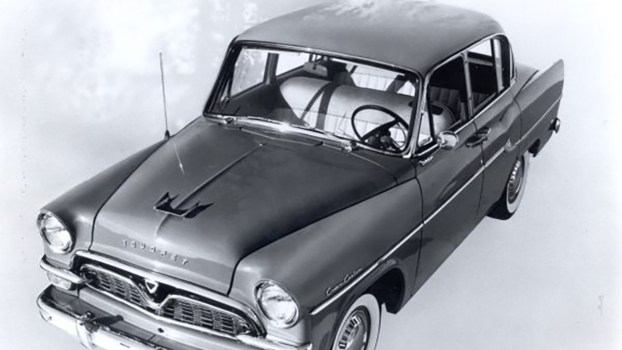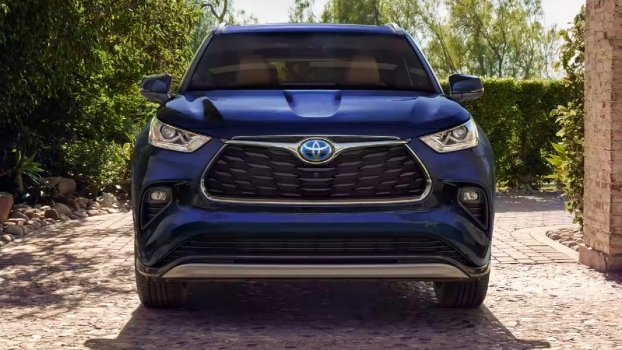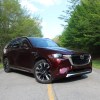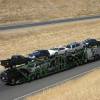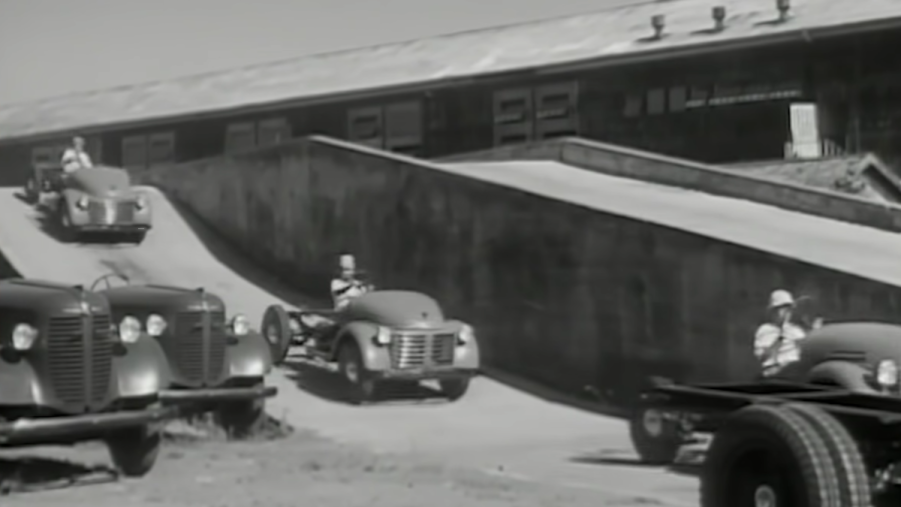
Toyota Is Much Older Than You Think
The Japanese car industry is probably responsible for some of the best cars in the world. Off the cuff, they brought us the Honda Civic, Toyota Tacoma, Mitsubishi Lancer Evo, Subaru WRX, and on and on for infinity. However, the Japanese manufacturers only made it here starting around the early 1970s. While Toyota has many diehard fans stateside, many people don’t realize that Toyota is much older than you might think. Toyota Motor Corp. celebrates its 86th Anniversary on August 28, 2023, so let’s take a quick look at the history of Toyota.
When did Toyota start?
The Toyoda name has been associated with manufacturing and production in Japan for well over 100 years. Kiichiro Toyoda was the founder of Toyota Motor Corporation. However, Kiichiro didn’t start the company from scratch; he inherited the company from his father, Sakichi Toyoda, who spent decades in the textile business. Sakichi followed in his father’s footsteps, who owned and operated his own carpentry business.
According to Toyota, On September 1, 1933, the Automotive Production Division, which eventually became the Automotive Department, was established within Toyoda Automatic Loom Works, Ltd. However, it wasn’t until 1937 that Toyota became its own free-standing automotive production company.
What was the first Toyota car?
In 1935, the Automotive Production Division of the Toyoda Automatic Loom Works, Ltd produced its first car, the Toyoda Model AA. Toyota cites Chevrolet and DeSoto as the inspiration for the Model AA. The AA was released as a 1936 model.
While the AA was the company’s first Toyota model, it wasn’t the most important. As with most legacy automotive brands, Toyota really carved its path in history through the military-industrial complex.
What did Toyota do during World War II?
As with every participant in the Second World War, Toyota was taped to focus production efforts on building trucks. We see similar histories with the Willys/Jeep, Mercedes G-Class, Suzuki Jimny, and Land Rover. The most iconic 4x4s today can all trace their roots back to WWII.
For some reason, I struggle to put Toyota in the context of the War. Jeeps, VW products, Defenders, and such are burned into our minds as the vehicles of the greatest armed conflict the world has ever seen. However, the machines of the Pacific theater are often distilled into just the Zero aircraft. The American perspective has a bit of a hole in this regard. Granted, we weren’t in the Pacific for as long as we were in Europe. Even still, something about seeing a Toyota among the dull browns and greens of WWII feels anachronistic somehow.
Toyota Post War
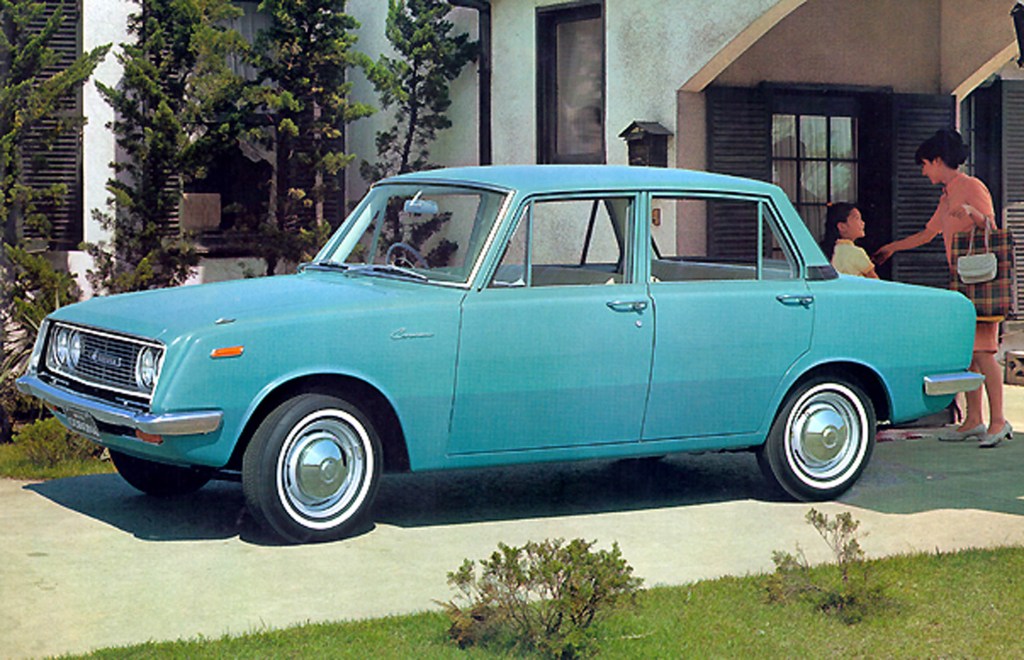
The aftermath of the Pacific theater left Japan and its production industry crippled. According to Britannica, Toyota didn’t resume passenger vehicle production until 1947. The 1950s saw Toyota production back in full effect. It was during this time that Toyota made the hard shift into deeply studying the design elements of American car and motorcycle production.
Although Toyota Motor Sales, U.S.A., Inc. was established in 1957, we still tend to reference the late 1960s to early 1970s as the time when Toyota took hold here. That said, there is a good reason why Toyota is older than many Americans think. The first Toyota model sold in the USA was a sedan, and not very popular. It was slow and expensive. However, the Land Cruiser 4×4 came out the next year and was a popular little number. It wasn’t a huge hit, but it certainly kicked off a segment that Americans would soon learn to trust Toyota more than any other. Fast forward to 1965, and Toyota had its first major hit in the U.S.; the Toyota Corona.
Toyota Anniversary: here’s to another 86 years
Toyota deserves every year of its 86th Anniversary. Toyota has shaped so much of the automotive industry while continuously remaining faithful to its ethos of building high-quality products that are slow to change. Toyota’s dedication to these principles is why the brand has enjoyed so much loyalty over the decades. Something tells me Toyota will continue on in this way far into the future.
